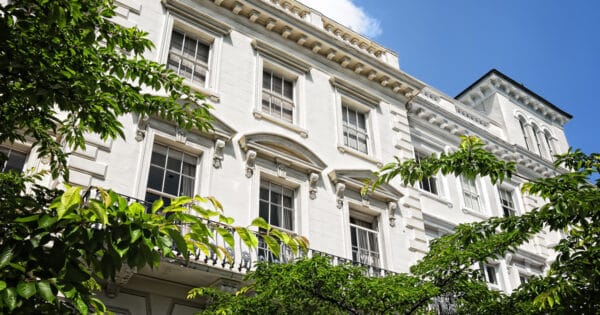You may have seen recently seen that The Crooked House, located near Dudley burnt down on 5 August 2023. It is the actions of the owners following the fire that have drawn outrage from locals, council members and planning advisors alike. I am going to look at what happened, current legislation and possible outcomes for the owners.
The Crooked House – the background
The Crooked House was built in 1765 and had subsided to an angle of of 15 degrees due to mining activity in the 19th Century. Locals joke that it was the only pub you felt more sober coming out of due to the extreme tilt.
Two days after the fire gutted the pub, the owners approached the council to remove parts of the first floor that were at risk of falling due to damage which was agreed to. However, the pub was demolished in its entirety.
Surely, you must be thinking, was this historic and iconic pub not listed? As it turns out, no.
An application was made to Historic England in July 2023 as there was discussion of the pub being converted for ‘alternative use’. Historic England state on their website “the older the building and the fewer the surviving examples of its kind, the more likely it is to be listed”.
The Crooked House certainly seems to have fitted that description, so why was it not listed before? Listing a property relies on the public, whether that be a passionate local or concerned surveyor, to apply for a property to be listed. A seemingly arbitrary system. It does work however as we have 400,000 listed buildings in England and there is even an option to make a fast-track application. Unfortunately, the listing for the pub was not completed in time but would it have made a difference anyway?
Did The Crooked House breach planning rules?
The first question is whether the demolition was legal. The General Permitted Development Order (GPDO) does allow for some or total demolition of fire affected properties and as the pub was not listed, there was no listed building consent needed for demolition either. Digging deeper into the GPDO, Section B1. (c) ii confirms that demolition is not permitted if the “building is used, or was last used, for a purpose falling within article 3(6)(q) (drinking establishments with expanded food provision)”.
Therefore, demolition of The Crooked House under the GPDO is not permitted because it was a pub and was in breach of planning rules. There are a few steps that either the owners or the local council could take. The owners could apply for retrospective planning consent. Assuming the council would not grant this (and based on comments from the councilors, I would say that it is highly unlikely) the next step would be an enforcement notice.
Will they have to reinstate The Crooked House?
An enforcement notice is issued by the council to anyone found carrying out works with either no planning permission or in contravention of existing planning permission. They will require the owner of the property to ‘put right’ the works that have been carried out; this can include returning the property to its former condition. This could be issued on a listed property too. It is a legal document and failure to comply with the notice is a criminal offence.
A pub in Maida Vale called The Carlton Tavern was demolished under similar circumstances 8 years ago. The Carlton Tavern burned down whilst a listing application was in progress too. After receipt of an enforcement notice, the owners have been forced to rebuild the pub, brick by brick to its former glory.
Of course, appeals are available for the rejection of retrospective planning permission or the serving of an enforcement notice. As you can imagine, the cost of these appeals can be exorbitant with legal fees, planning advisors and surveyors’ costs to name but a few. Enforcement notices can be served from up to 4-10 years after the works have been carried out. Of note here, Section 171B of the Town and Country Planning Act 1990 at point 2a states there is “no restriction on when enforcement action may be taken in relation to a breach of Planning Control in respect of relevant demolition”. Not good news for The Crooked House’s owners.
Failure to comply
Punishments handed down by the courts for a breach of enforcement notice can be up to a £20,000 fine and/or up to 6 months’ imprisonment upon conviction in a Magistrates’ Court, and an unlimited fine and/or up to 2 years’ imprisonment if convicted in a Crown Court. Currently, the highest fine handed down for this was in March 2020 for £309,011.00.
The existence of an enforcement notice will be a mark against the property, which would make selling it that much harder.
How Moore Barlow can help
The investigation around The Crooked House is still ongoing so we can wait and see what the outcome will be. Whilst these issues have affected a pub in this case, they can affect your home whether you own a listed building or not and carry out works to it.
That is why in the Rural team, we take great care to check that all the works have been carried out in line with planning legislation to ensure you do not take on a property at risk of the dreaded enforcement notice.
It’s clear us Brits are passionate about pubs and we at Moore Barlow are passionate about looking out for your property.
Find out more about of rural legal services and contact us today







